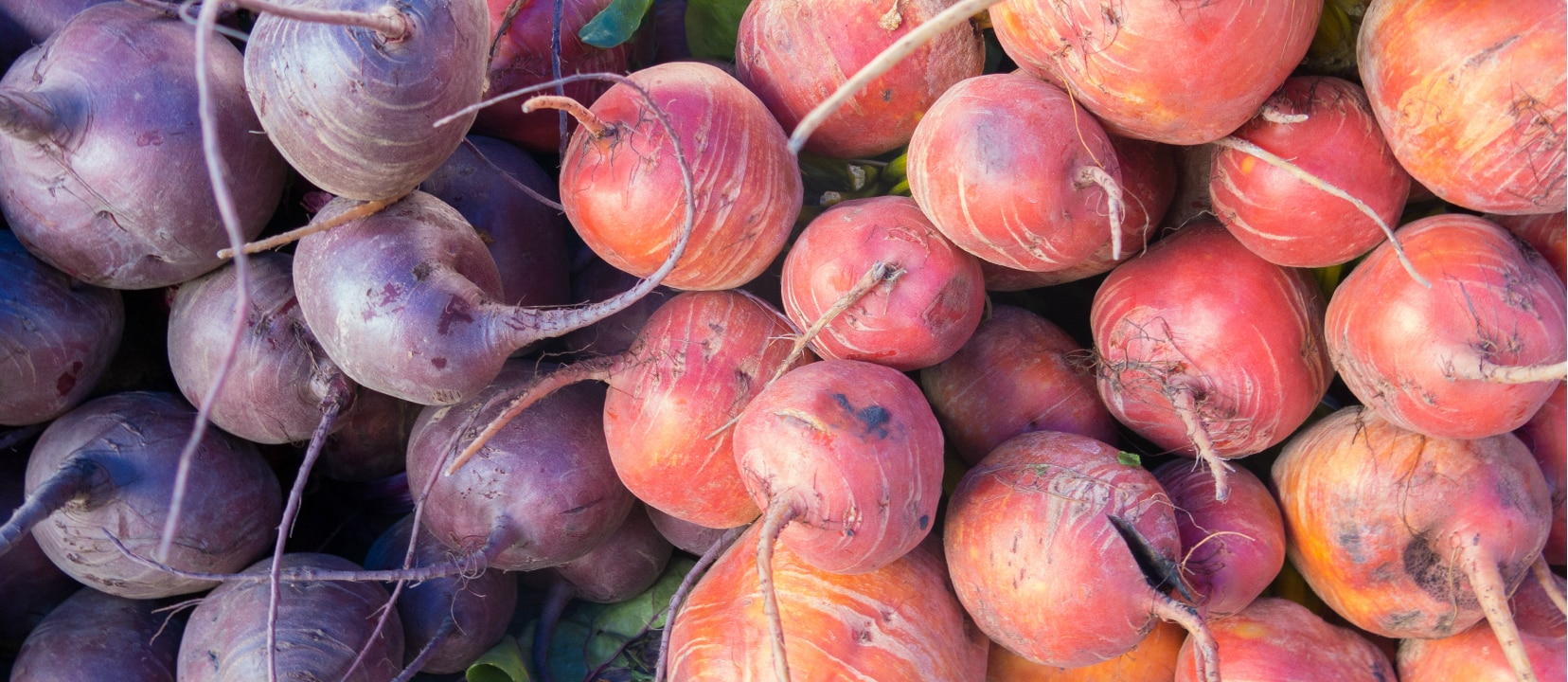In my video Breast Cancer and Constipation, I discussed how fruits and veggies bind carcinogenic bile acids in our gut. Since bile acids are absorbed back into our systems, they may increase our risk of not only colon cancer but also other cancers as well. In light of this, researchers publishing in the journal, Nutrition Research, concluded that to “lower the risk of diet and lifestyle-related premature degenerative diseases and to advance human nutrition research, relative bile acid–binding potential of foods and fractions need to be evaluated.”
They found that some vegetables bind bile acids better than others. We know that those eating more plant-based diets are at a lower risk of heart disease and cancer. This could partly be because of phytonutrients in plants that act as antioxidants and potent stimulators of natural detoxifying enzymes in our bodies. Veggies can also lower cholesterol and detoxify harmful metabolites, functions that can be predicted by their ability to bind bile acids.
A group of USDA researchers studying this topic discovered three important things. First, they found an over five-fold variability in bile acid binding among various vegetables that had similar fiber content, suggesting that bile acid binding is not just related to total dietary fiber content (as previously thought), but instead some combination of unique phytonutrients yet to be determined.
Second, they discovered that steaming significantly improves the bile acid binding of collards, kale, mustard greens, broccoli, peppers, cabbage, beets, eggplant, asparagus, carrots, green beans, and cauliflower, suggesting that in this way steaming vegetables may be more healthful than those consumed raw.
Finally, they ranked multiple vegetables for bile binding ability. Which vegetables kicked the most bile butt? (in my video, Which Vegetable Binds Bile Best?, you can see a visual comparison of bile binding ability.) Turnips turned up last. Then came cabbage, cauliflower, bell peppers, spinach, asparagus and green beans. Mustard greens and broccoli were better. Eggplant, carrots and Brussels sprouts basically tie for the #5 slot. Then collards at #4. Kale got the bronze, okra the silver, and beets the gold. Kale, surprisingly, got beet.
The researchers concluded that inclusion of all these vegetables in our daily diets should be encouraged. When consumed regularly, they concluded, these vegetables may lower the risk of premature degenerative diseases and improve public health.
More raw versus cooked comparisons in
- Best Cooking Method
- Raw Food Nutrient Absorption
- Sometimes the Enzyme Myth is True
- The Best Way to Cook Sweet Potatoes
Beets also have a number of other remarkable properties. Check out my video series on Doping with Beet Juice as well as Hearts Shouldn’t Skip a Beet, and Whole Beets vs. Juice for Improving Athletic Performance.
In health,
Michael Greger, M.D.
PS: If you haven’t yet, you can subscribe to my free videos here and watch my live year-in-review presentations Uprooting the Leading Causes of Death, More Than an Apple a Day, From Table to Able, and Food as Medicine.
